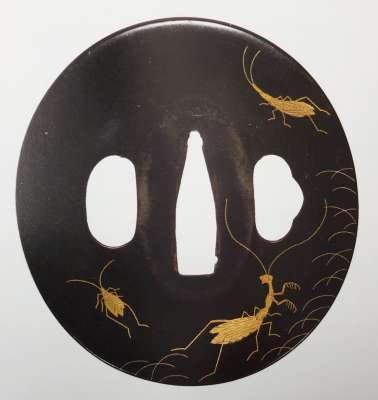Hardcover volume in 8vo, 21.2 x 15.4 cm, tan cloth with black on gilt background circular publisher’s device "TFU" to front cover, gilt-stamped compartments and burgundy labels with gilt lettering to spine. Ink inscription to fep verso dated Jan 18, 1907. Publisher's device and serial device to h.t.
Title-page: ❦❦❦ THE MEMOIRS AND | TRAVELS OF MAURITIUS AUGUSTUS COUNT DE | BENYOWSKY | IN SIBERIA, KAMCHATKA, JAPAN, THE LIUKIU ISLANDS AND FORMOSA |
FROM THE TRANSLATION OF HIS |
ORIGINAL MANUSCRIPT (1741–1771), |
BY WILLIAM NICHOLSON, F.R.S., 1790 | EDITED BY CAPTAIN | PASFIELD OLIVER | ILLUSTRATED | LONDON: T. FISHER UNWIN, | PATERNOSTER SQUARE. MDCCCXCIII ❦❦❦ ||.
Collation/Pagination: [1]-25
8 plus 7 plates, incl. frontispiece and 1 map. [1, 2] – serial h.t. "The Adventure Series" / advert. THE ADVENTURE SERIES. Illustrated. Crown 8vo, 5s. 17 titles, [3, 4] – t.p. / blank, [5] 6-9 contents, [10] blank, [11, 12] illustrations/blank, [13] 14-52 introduction, 53-399, [400] colophon: THE GRESHAM PRESS, | URWIN BROTHERS, | CHILWORTH AND LONDON.
Contributors:
Publisher:
T. Fisher Unwin (London);
Thomas Fisher Unwin (British, 1848 – 1935).
Author:
Maurice Auguste count de Benyowsky [
Мориц Август Бенёвский] (Polish-Slovak-Hungarian, 1746 –1786).
Editor:
Samuel Pasfield Oliver (British, 1838 – 1907).
Translator:
William Nicholson (British, 1753 – 1815).
Originally published in 1790, in London (I have not seen it anywhere) and in Dublin by P. Wogan [etc.], and in 1791 in French, in Paris
by Buisson; see LIB-2742.2021.
For another copy of the same edition, see
LIB-3139.2023. For the 1904 edition, see
LIB-2703.2021.























